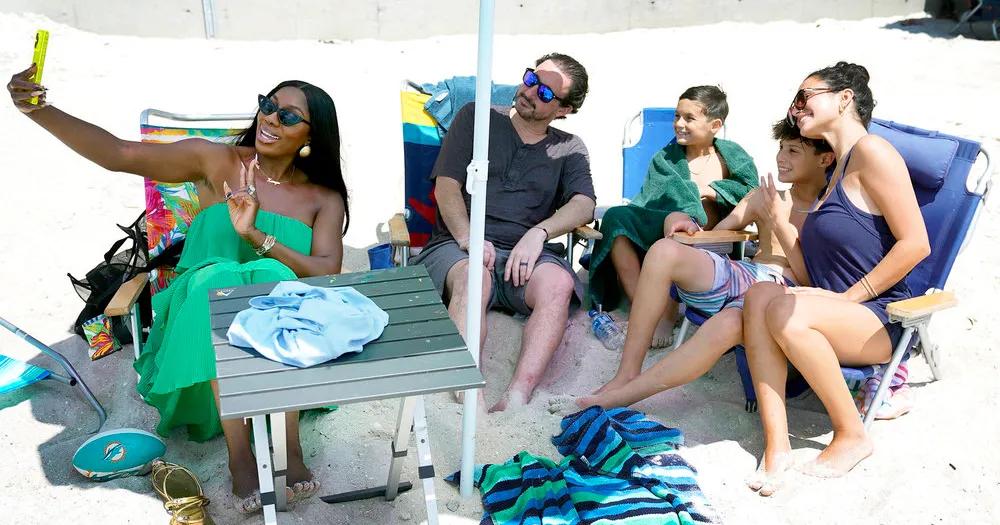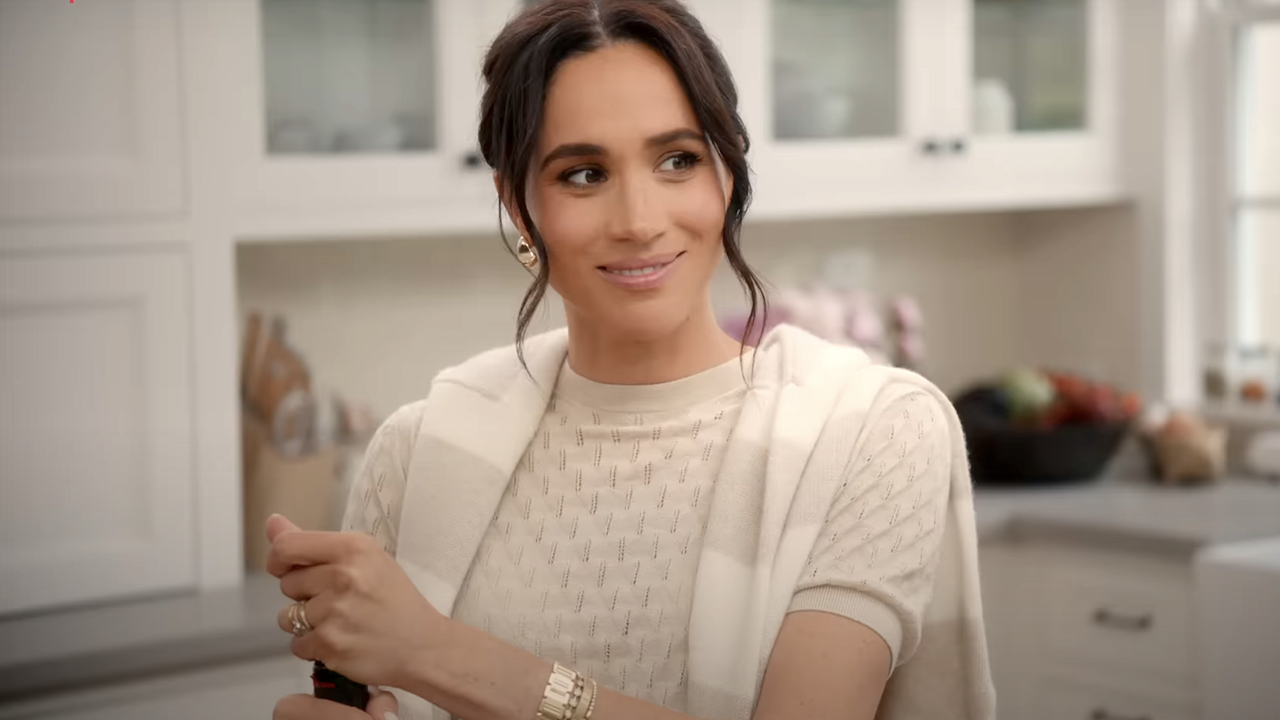Copyright Vulture

So much of Housewives is about appearance: How can you sell a lifestyle, an argument, a brand? An aspirational sheen is part and parcel of the Housewives package. The Osefo family is an old hand at meeting the pressure of high expectations, and not simply because of the recent criminal allegations of insurance fraud. Both Eddie and Wendy Osefo are first-generation children of ambitious Nigerian parents, with the advanced degrees and pedigree to match. Every part of their presentation — from their home to their extracurriculars and daily routine to how they dress — is reflective of a household consumed by the idea that image is everything. Given that Wendy is a Housewife who takes great pride in her accomplishments, lifestyle, and designer wares, Wife Swap engineered the ultimate culture clash by matching her up with the Shapiro family. Originally from New York, the Shapiros, as many New Yorkers are wont to do, up and retired to the sleepy beach town of Naples, Florida, after wife and mother Alethea experienced severe burnout after years of trying to survive the gauntlet that is being a New York PTA mom. Having witnessed firsthand my New York parent friends fighting to keep up with the social commitments and financial demands of raising a child in the concrete jungle, I fully get having a nervous breakdown and flying south to escape the pressure. That said, Alethea seems to have committed a full 180, going from a super-hands-on NYC girlboss to an advocate for “low-demand parenting,” which as far as I can tell involves scrolling through videos of ferrets on TikTok all morning while the kids scramble to make it to school. Naturally, this is not a dynamic that Wendy is friendly to when she strolls into their house in her gold bangles and designer maxi dress. If the Chuck E. Cheese-themed living room wasn’t enough to set her off, the informal petting zoo certainly pushed her over the top: The Shapiro household lays claim to five cats, a ferret, and enough other critters to start a research lab. It’s a far cry from the pristine cleanliness of the Osefo household, which seems to hold itself to the standards of an art exhibit. Every piece of furniture is bright, white, and crystal-clean; if we hadn’t seen the Osefo household in action for the last five years, I would be shocked to know that three kids under the age of 12 live there full-time. The two moms being such lifestyle opposites offers room for both to learn from each other. Alethea reading Wendy’s rules aloud makes plain some of the absurdity around Wendy’s rigidity. Why would it be necessary for a woman to be constantly dressed like a sexy Betty Crocker just to vacuum her own house? While Alethea may be a little too lax, she is right in observing that a home with children should not just be a place for structure, it should be a place of comfort and joy, and acting like pajamas in public are verboten is just putting unnecessary pressure on both the parents and kids that will only lead to crippling anxiety issues down the road. If you are so obsessed with keeping even lines on your alabaster carpet that a child is afraid to admit they roughhoused a bit too much and left a stain on the living room, perhaps you can afford to give them a bit more breathing room. What becomes quite obvious is that, despite her best efforts, Wendy is ultimately replicating the scrutiny that her mother constantly gives her, which Alethea gets a small taste of as Wendy’s mom looks over her middling efforts at slicing okra with abject derision and disapproval. While Wendy’s strict program could stand to be a bit more accommodating, it’s clear that Alethea’s all-play, no-work approach leaves a lot to be desired in the Shapiro household as well. With the kids left to their own devices, eldest daughter Hailey has been forced to step into a parentified role with her three younger siblings, making sure that they get work done and eat properly, a learned trait that Wendy immediately picks up on and calls out. Spending time with the younger kids, it’s clear that they would be willing to accept a little structure if it meant they would get more attention from their mom. Their recurring side comments reveal an expectation of disappointment: their mom doesn’t cook, doesn’t go to their games, doesn’t get them ready for school and rarely picks them up, leaving most of the parental duties to her husband and their grandmother. It feels like they have more of a fun and kooky aunt than a mom, which sounds ideal in concept, but kids also need support and guidance, not just entertainment, and it’s clear that in her attempt to bring balance back into her life, Alethea has abdicated these tasks to others, including her eldest daughter. It goes without saying that being a mother is a largely thankless task, filled with a ton of emotional labor that can be exhausting on the best day, and both Wendy and Alethea are trapped under the burden of those expectations. While Wendy has attempted to not just meet the bar but surpass the standard, Alethea has opted out of the competition altogether. The ideal, however, is to be able to take on the task as a community, so that no one adult is too overwhelmed to show up for the kids as they make their way through life. Wendy shouldn’t feel so much pressure to be constantly “on” that the kids can’t have the little indulgences that bring joy to their day-to-day lives, and Alethea shouldn’t be so disengaged from her children’s activities that her husband is taking on all of the administrative labor by default. Imparting the need for balance in their households with love and respect is hopefully something both wives can commit to implementing long after the cameras are off. Perfection is a fickle mistress, and one can only survive by being willing to coast along with life’s ebbs and flows, otherwise you will drown trying to reach the unattainable. Given the recent allegations against the Osefo household, it’s hard not to wonder what might have been if they heeded that advice before filing those doomed insurance claims.



